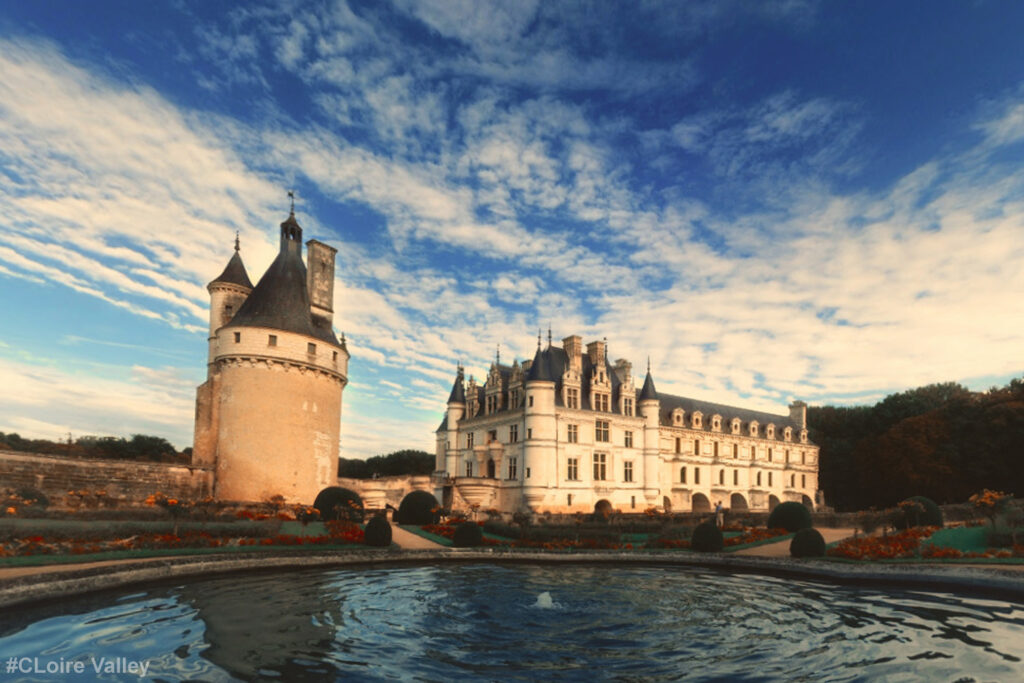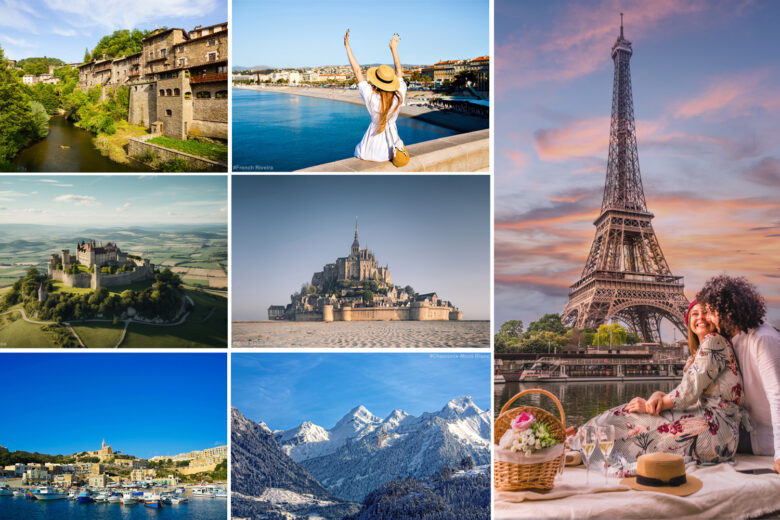There is a belief amongst globe-trotters that you may travel the whole world – each city, river, and mountain – but if you haven’t traveled to France, you haven’t traveled at all. France, a place where medieval and modern, fashion and technology, picturesque and commonplace, thrive in perfect harmony. Not to forget the world-famous landmarks that form the epicenter of modern tourism for travelers from all around the world. So, if you haven’t visited France yet, why not make plans this year? And if you have already in the past, why not create new memories again? To help you plan your flight itinerary and hotel booking, here is a quick run-through of the most famous places to visit in France with spouse, family, friends, or even solo.
Home to the Eiffel Tower, Paris is an essential inclusion into France’s travel agenda. Symbolizing industrial advancements of the 1880s, you can easily pair the Eiffel Tower with a cruise on the River Seine, which runs alongside the monument along with dinner at Le Jules Verne restaurant. And who can miss the Louvre for its world-famous Mona Lisa and the Wedding Feast paintings besides the other 35,000 works of art which the museum contains? Other must-visit tourist attractions at Paris are the Notre-Dame Cathedral, Arc de Triomphe, Palace (Chateau) of Versailles, and Musee d’Orsay Art Museum.
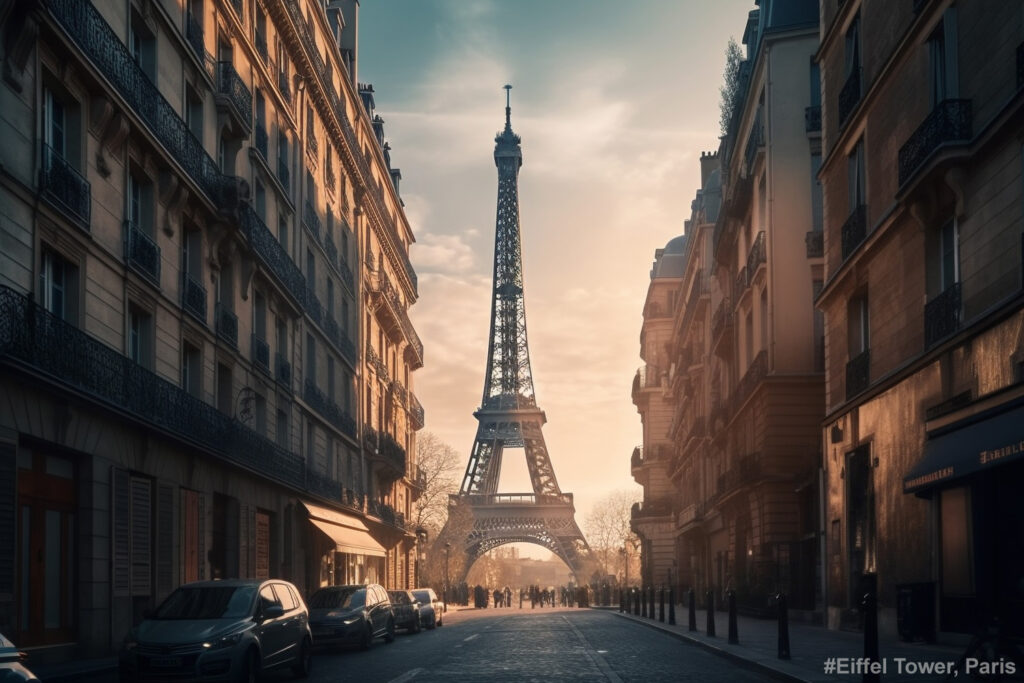
Marseille is the second largest city in France. Located on the southeast coast of the Mediterranean Sea, the city is home to fishing villages and luxury yachts. Be sure to visit the coastal town of Calanques known for its pristine, clear blue waters and limestone cliffs. For more meaningful adventure activities with your family, Les Goudes is a good spot for fishing and water sports. Marseille’s inland attractions include the old township of Le Panier, the ruins of Roman architecture, Palais Longchamp of 1869, Cathedrale de la Major, and the island fortress Chateau d’lf. Besides these known tourist attractions, the city also abounds in museums and theatres where you can spend quiet evenings watching ancient artefacts and plays.
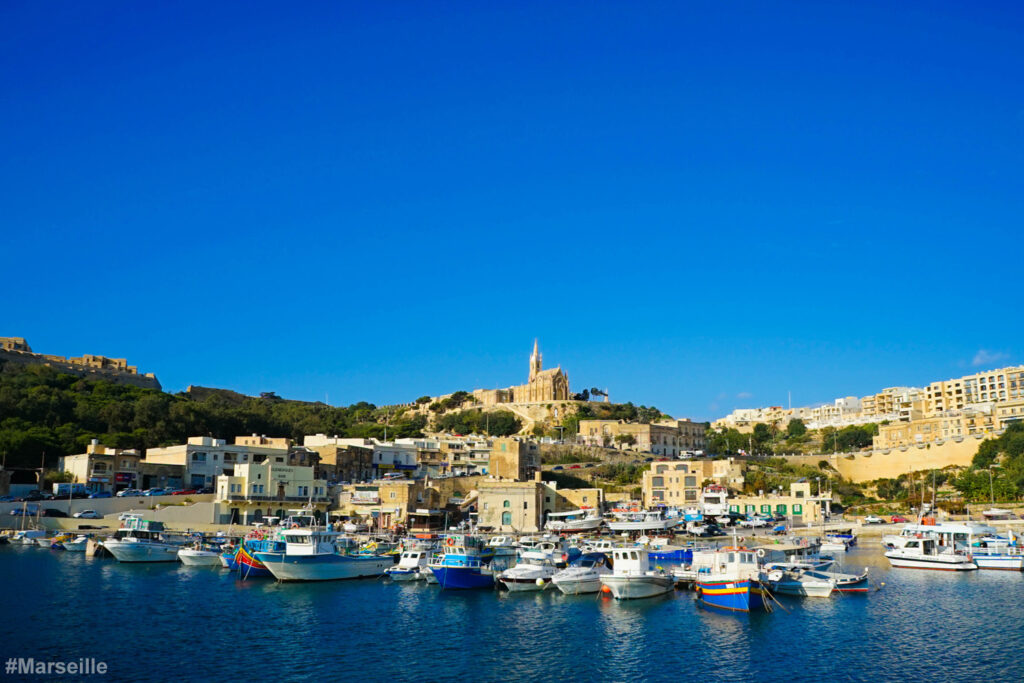
The French Riveira, also called Côte d’Azur, is yet another Mediterranean destination extending from Saint-Tropez to Menton, Italy, best known for its Cannes Film Festival. If you are travelling directly from Paris, consider taking the train for it offers a beautiful, scenic route of picturesque towns set against sandy shores and the turquoise blue sea. You can also take a special tourist bus from Côte d’Azur to stop, explore, and shop at these towns. Each town has its own unique market displaying local handicrafts and eatables. Feel free to indulge in water sports and activities such as deep-sea diving and snorkeling, while at the French Riveira.
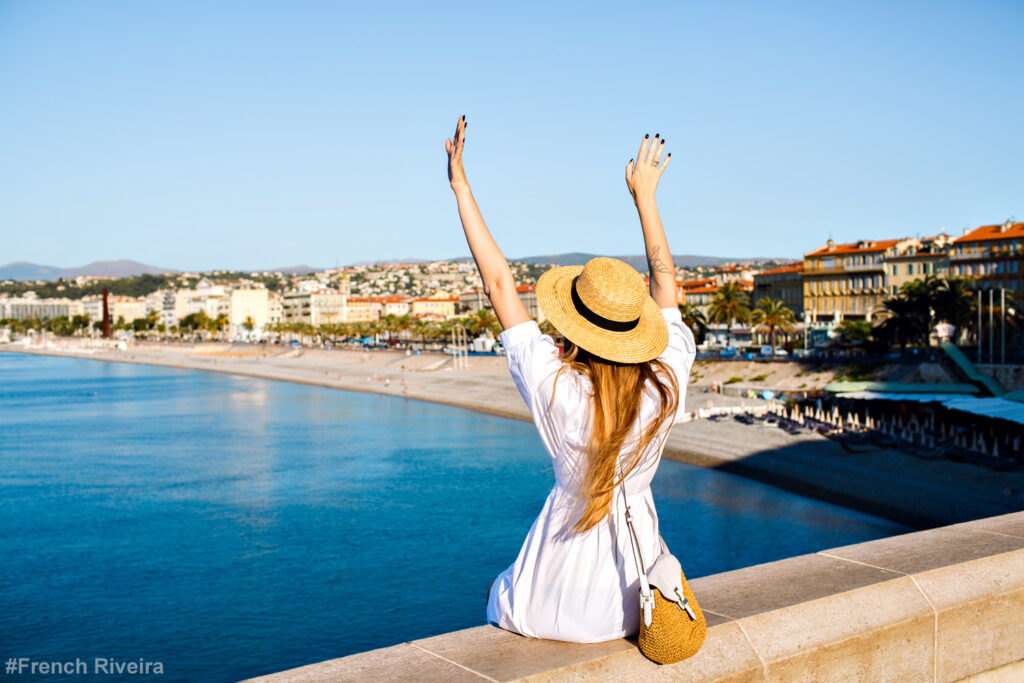
Mont Saint-Michel is a signature landmark of well-preserved medieval Romanesque architecture and an important pilgrimage site for its 11th century Abbaye (Abbey) de Saint-Michel. The town is located on the banks of the Normandy Sea, and pilgrims cross the bay on foot to offer their obeisance to the holy saint. Mont Saint-Michel can easily be toured within a day, and paired with one-day visits to the neighboring towns of Brittany and Normandy. Don’t miss out on shopping at Les Galeries and the Grande Rue for some budget-friendly travel memorabilia. You can also opt for adventure sports such as hot air balloon rides, kayaking, and canoeing for the perfect travel experience.
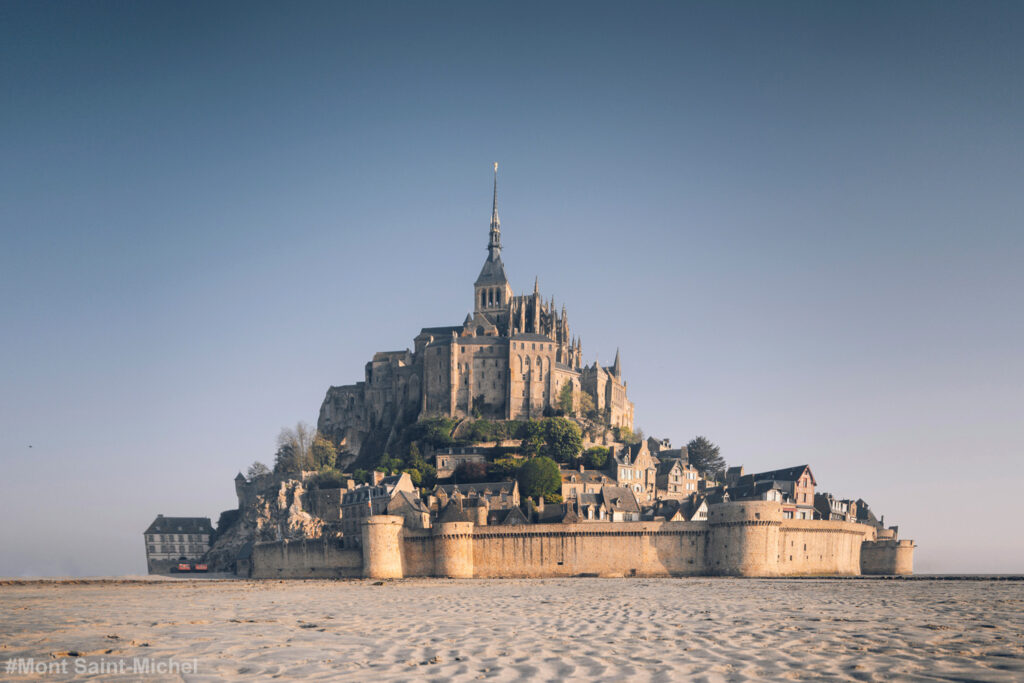
Chamonix-Mont-Blanc is a tourist destination for a completely different reason. This hilltop town lies on the converging borders of three countries – France, Switzerland, and Italy. Also, the fact that it is covered by snow all year round, makes it attractive for hard-core adventure seekers who want their fill of skiing, hiking, rock climbing, and paragliding. There are special activity zones curated for children too such as petting zoos, animal parks, and mini golf fields. Must-see sites at Chamonix are the Aiguille du Midi and Pointe Helbronner snow peaks.
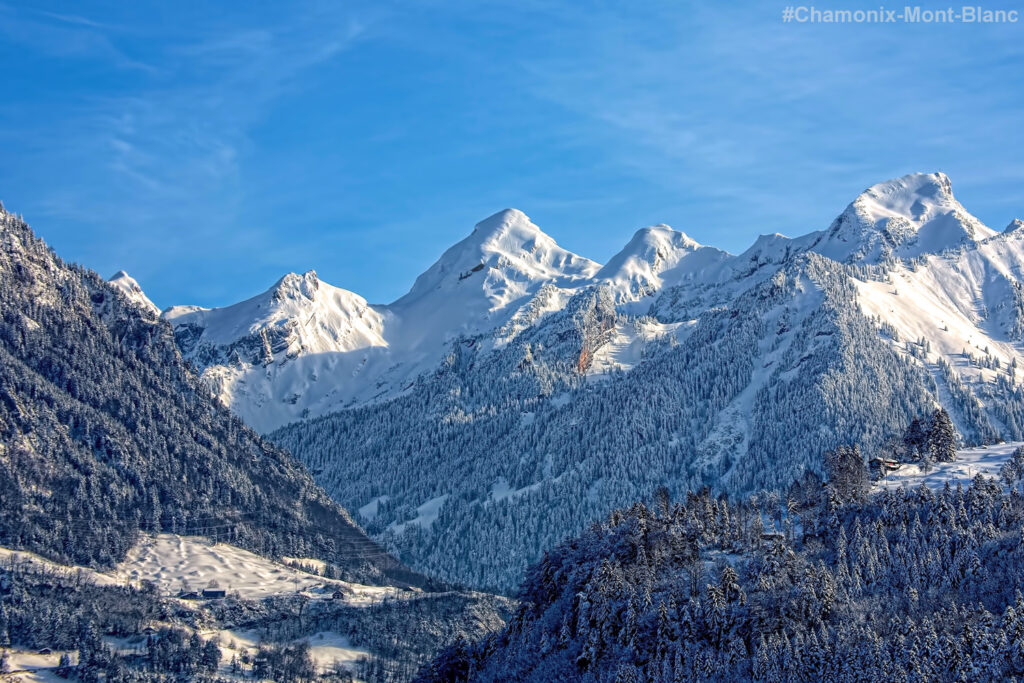
Dordogne located on the banks of the Vézère River is most famous for its relics of prehistoric times – the Lascaux Cave Paintings – imprinted in the Vézère Valley. However, these are replicas of the original caves which were reconstructed in 1983 to protect the original caves and their paintings from human interference. There is even a tourist limit of 50 per day with a strict 30-minute duration per person or per family. Other attractions at Dordogne include the historic monuments of Regourdou, Bara-Bahau, and Castel Merle; the National Prehistory Museum in Les Eyzies, caves of Rouffignac; and the stalactites and stalagmites of Grand Roc Cave.
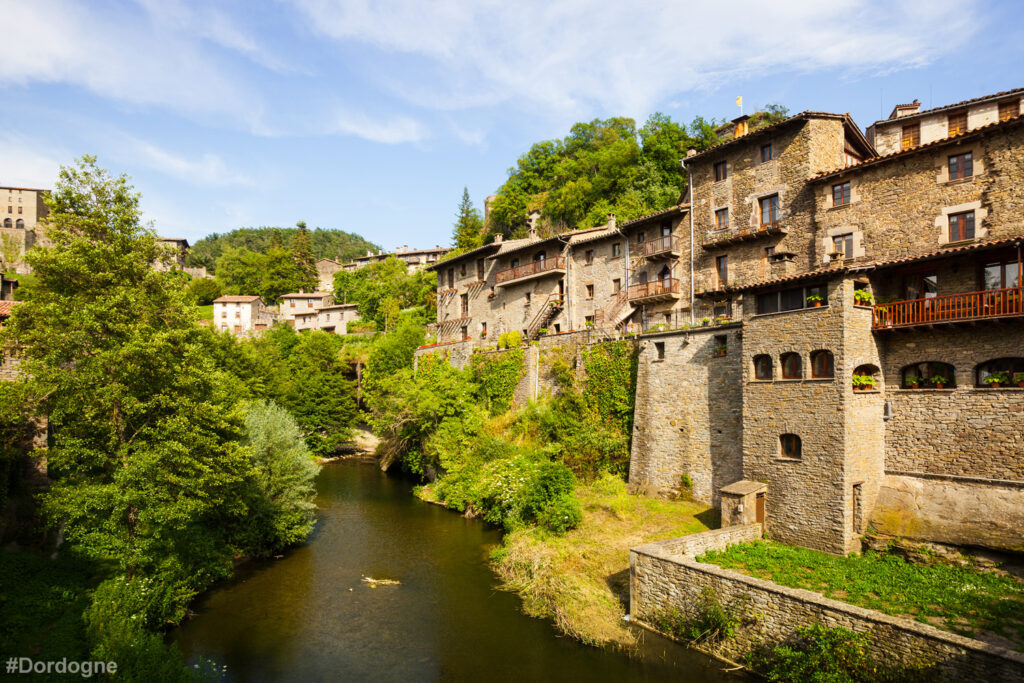
Carcassonne is reminiscent of a medieval town with its characteristic cobblestoned lanes, rustic houses, double circuit ramparts, and 54 towers. In terms of tourist attractions, Carcassonne is famous for the17th century Le Canal du Midi and Medieval City, which in turn houses the Basilica of Saint Nazaire. Other attractions include Theatre Jean Deschamps, Prat Mary Gardens, La Bastide Saint Louis, the Fine Art Museum, and Musee des Beaux-Arts for local artwork. Don’t miss out on the local delicatessen namely buckwheat crêpes and sweet dessert crêpes.
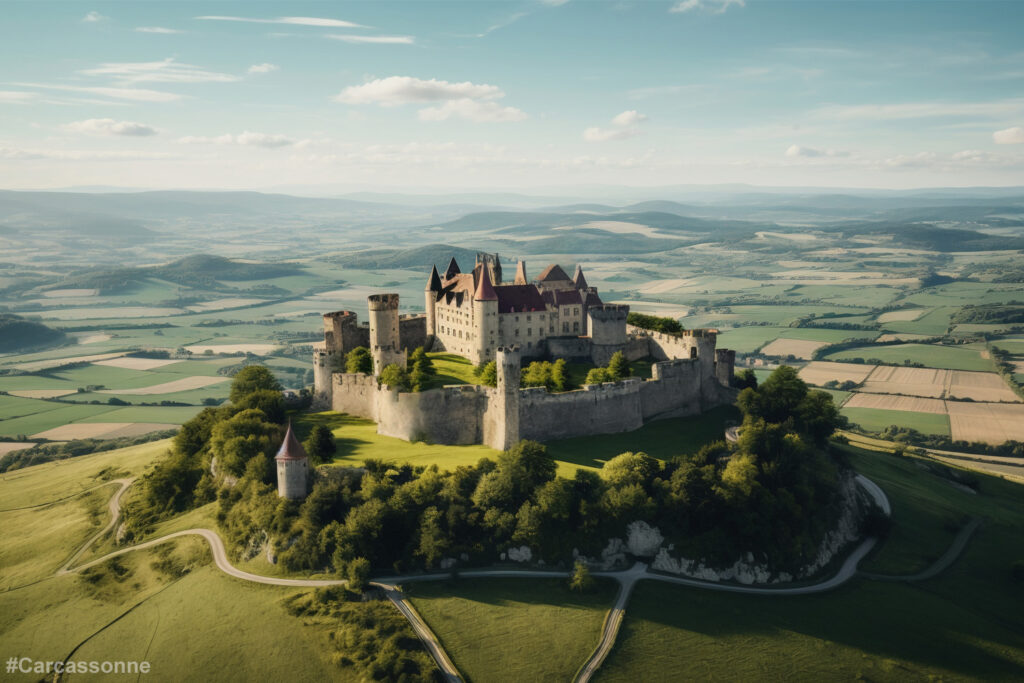
And finally the Loire Valley foran out-of-the-world fantasy experience straight out of a Grimm fairytale complete with beautiful castles, dense forests, and cascading rivers. Beyond explainable terms of picturesqueness, Loire has been aptly termed the “Garden of France” by UNESCO, and a declared world heritage site. Look out for the Chateau de Chambord, the Chateau de Chenonceau and a variety of renaissance palaces designed as holiday and picnic escapades for French kings and queens of yore. Loire is also home to Joan of Arc’s city of Orleans and the royal residence Chateau Royal d’Amboise, which are equally worth a visit.
